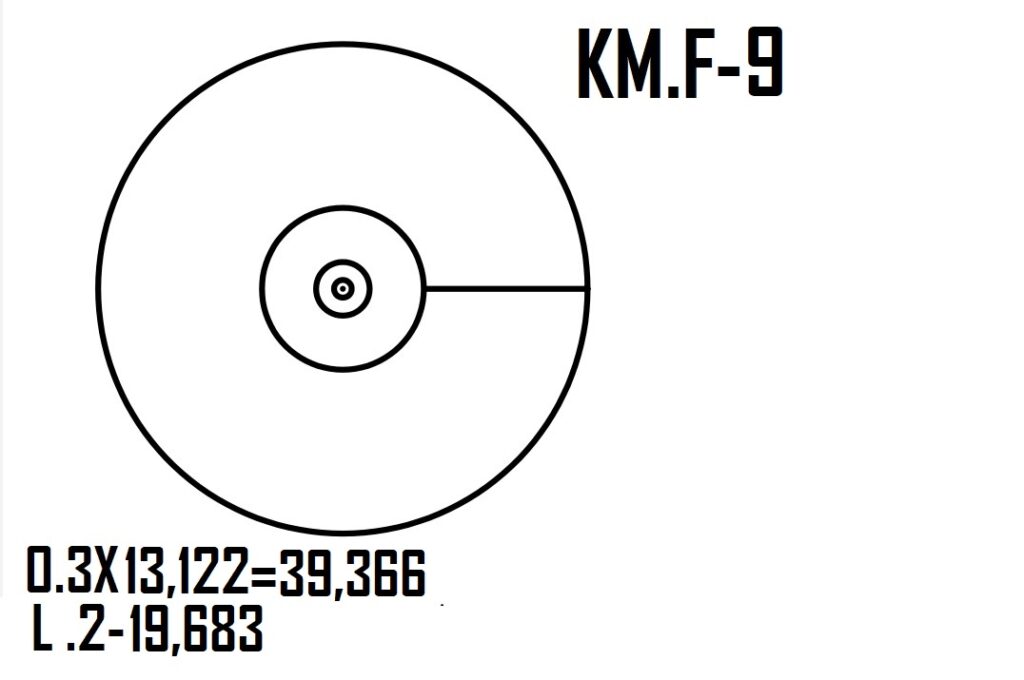Speed
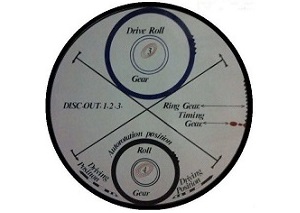
The objective of this mission is to travel through space at three million kilometers per second
Speed is a very important thing in human life. While the speed required to travel on the earth we live on is perfect, we cannot increase the speed required to travel to the heavens because we do not have the right technology and the effort required for it is not being made in the right way.
There are many research articles published about speed, most of which have not been researched and have not been demonstrated in practice. However, we believe in the ability of the speaker. This is how spirituality is
The speed we say cannot be exceeded is the speed of light, which is about three hundred thousand kilometers per second in kilometers. It has not been properly studied. So let’s look at this with a proper understanding.
If we can overcome the speed of light, we can overcome it. We can overcome distances much greater than the speed of light. We can overcome three crore kilometers in one second.
Speed increase method
manual gear
Speed is a human need, and the speed of vehicles is increased by manual gear. Manual transmissions, while not generating engine power, are essential for effectively using that power to increase the speed of the vehicle according to human needs and driving conditions. Here’s how it works:
Engine Limit Internal combustion engines produce power within a certain RPM range., 1500-6000 RPM). Some engines will operate at a certain speed
Engines cannot effectively accelerate a car from 0 mph using a single gear ratio:
Too high a ratio means the engine will not have enough torque to move the car from a standstill.
Manual gears solve this problem. By providing multiple gear ratios, a manual transmission allows the driver to:
Increase acceleration (lower gears)
Use a higher ratio of 1st/2nd gear (e.g., 3.5:1). This greatly increases engine torque
Conclusion Even a modest engine can generate massive power at the wheels, overcoming inertia and accelerating quickly from a standstill.
Human needs: Quick starts, merging into traffic, overtaking, climbing hills.
For achieving higher speeds (higher gears)
4th/5th/6th gear is used for higher speeds
Used to increase and decrease speed with a manual gear that rotates slowly while the wheels are spinning faster
The next step is the acceleration process, which uses fuel to power the rocket engine, which is powered by the thrust force.
A working rocket requires a lot of fuel to get up. Rocket engines burn fuel, creating hot, high-pressure gas that is expelled downwards through the nozzle at high speed.
Thrust Reaction The force of this downwards expulsion (action) creates an equal upward force (reaction) called thrust, propelling the rocket upwards. The thrust must be greater than the weight (gravity) of the rocket. This is measured by the thrust-to-weight ratio (liftoff).
This design is an alternative to the rockets currently in use. Rocket engines burn fuel, creating hot, high-pressure gas that is expelled downwards through the nozzle at high speed.
Thrust Reaction This downward ejection (action) force creates an equal upward force (reaction) called thrust, propelling the rocket upward. The thrust must be greater than the weight of the rocket (gravity). This is measured by the thrust-to-weight ratio (liftoff).
A working rocket needs more fuel to rise. Rocket engines burn fuel, creating hot, high-pressure gas that is expelled downward at great speed through the nozzle.
Thrust Reaction This downward ejection (action) force creates an equal upward force (reaction) called thrust, propelling the rocket upward. The thrust must be greater than the weight of the rocket (gravity). This is measured by the thrust-to-weight ratio (liftoff).
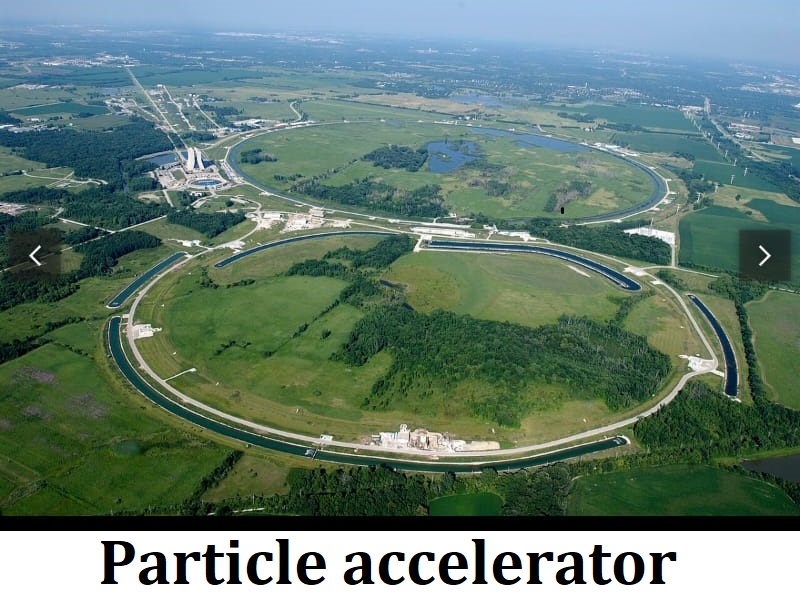
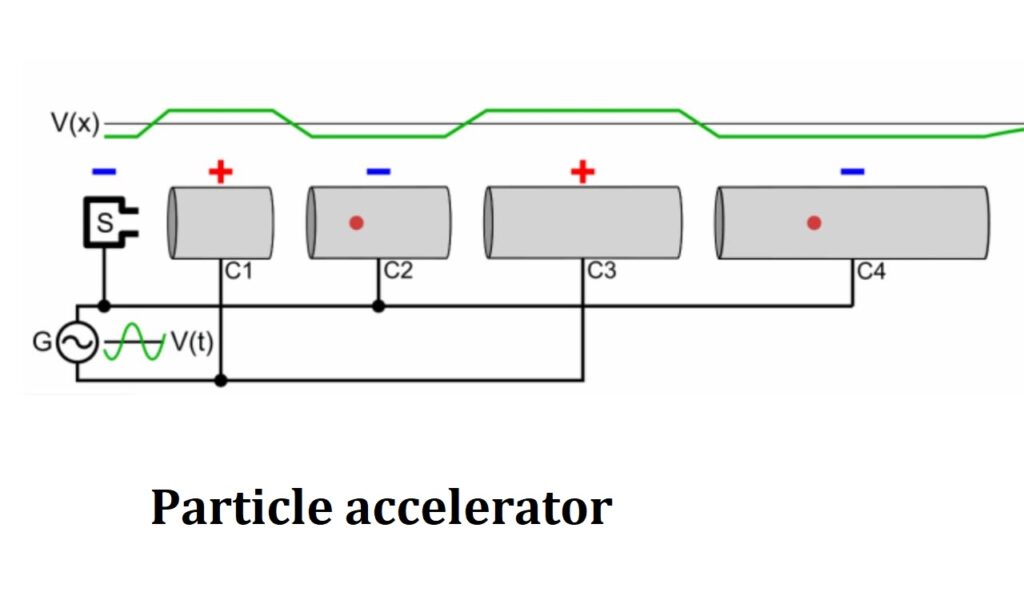
Particle accelerators use electromagnetic fields to accelerate charged particles (such as protons or electrons) to very high speeds and energies, then direct them toward targets or collide them with other particle beams. Here is a description of the key principles and components:
Core Components & Principles:
1. Particle Source:
Produces charged particles (e.g., electrons from a hot filament, protons from ionized hydrogen gas).
Produces a beam of particles ready for acceleration.
2. Acceleration Structures:
Electrical Fields: Provide the primary accelerating force. Particles gain kinetic energy as they move along the direction of the field.
Radio Frequency (RF) Cavities: The most common type of accelerator in modern accelerators. These are metal chambers where oscillating (radio frequency) electromagnetic fields are generated.
When particles enter a cavity, the electric field is *timed* to be in the direction of acceleration.
The field pushes the particles forward, giving them a significant energy boost each time they pass through a cavity.
In circular accelerators, the particles pass through identical RF cavities millions of times.
3. Beam Steering & Focusing:
Magnets (Dipole Magnets): Powerful electromagnets bend the path of charged particles. Arranged in rings, they keep a circular beam on track. In linear accelerators, they direct the beam along a straight path.
Magnets (Quatrupole Magnets) act like lenses. They focus the beam, counteracting the natural tendency for particles with the same charge to repel each other and spread out. They squeeze the beam tightly.
4. Vacuum Tube (Beam Tube)
The particles travel through a very high vacuum tube. This prevents collisions with air molecules, which would scatter the beam and cause energy loss.
5. Colliders & Detectors:
Fixed Target: A high-energy beam strikes a fixed target object. Colliders:** Two beams traveling in opposite directions are directed to collide head-on. This is very efficient for producing high-energy collisions (as in the LHC). Detectors: Massive, complex instruments surrounding the collider record the particles produced by the collisions (tracks, energy, type).
How it works step by step:
1. Generation: Particles (e.g., protons) are produced in an ion source and electrons are removed.
2. Initial acceleration: Low-energy accelerators (such as linear accelerators or cyclotrons) give the particles their first significant speed boost.
3. Injection: The pre-accelerated beam is injected into the main accelerator ring (synchrotron) or linac.
4. Acceleration:
A synchrotron (circular):** Particles travel around a ring. Each time they pass through an RF cavity, the oscillating electric field gives them a “boost” of energy.
In a linac (linear) the particles travel in a straight line, passing through a series of RF cavities, gaining energy in each one.
5. Steering & Focusing Dipole magnets bend the beam around curves (in a loop) or keep it straight (in a linac). Quadrupole magnets continuously compress the beam, keeping it focused and intense.
6. Attaining higher energies As the particles gain energy:
In a synchrotron, the magnetic field strength must be increased to bend the fast (high energy/relativistic) particles into the same curved path. The RF frequency is increased slightly to keep them in sync with the bunch of particles. This is called synchrotron radiation.
In a linac, the length or frequency of the RF cavities can change along the path according to the particle speed.
7. Collision
The high energy beam is directed towards a fixed target.
Or (in colliders like the LHC): Two counter-rotating beams are brought into precise collision at specific contact points inside massive detectors.
8. Detection: Sophisticated detectors around the collision point record the trajectories, energies, and identities of the countless particles produced in the collisions. Scientists analyze this data to study fundamental physics.
Key physics enablers:
Relativity: As particles approach the speed of light (~99.99+% of c), their mass effectively increases. This is required for the synchrotron magnets to become stronger as energy increases.
Electromagnetic force: The fundamental interaction used to accelerate (electric fields) and deflect/concentrate (magnetic fields) charged particles.
RF synchronization: Precise timing ensures that the electric field in the RF cavities is always in the accelerating state when the particles collide.
In essence: Particle accelerators are
The basis for a spaceship to travel fast in space
One) There are fundamentals such as manual transmission to go fast on our earth (two) The speed created for research Particle accelerator is used Three fuels Rocket aircraft operate
There is a difference between reactive motion and non-reactive motion Reactive motion is useful to a certain extent It cannot go high speed and does not provide much energy It requires a large mass of fuel
A rocket that works with this structure instead of the rocket in use now requires a large amount of fuel to rise up Rocket engines burn fuel, creating hot, high-pressure gas, which is expelled downward at high speed through the nozzle.
Thrust Reaction The force of this downward ejection (action) creates an equal upward force (reaction) called thrust, which propels the rocket upward. Thrust must be greater than the weight (gravity) of the rocket. This is measured by the thrust-to-weight ratio (liftoff).
Instead, a vehicle, a machine, and its mechanical basis, if these three are implemented correctly, we can travel a long distance. There is a difference between pushing and moving an object and moving automatically. An object with more water can travel a long distance at a high speed.
This basis created for automatic movement is one (Freewheel transmission) two Self-rotating machine
Freewheel
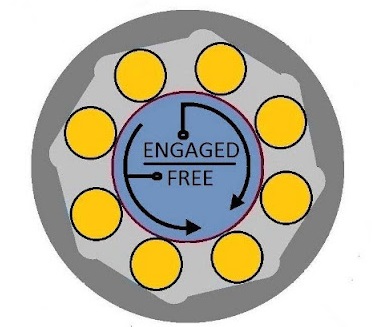
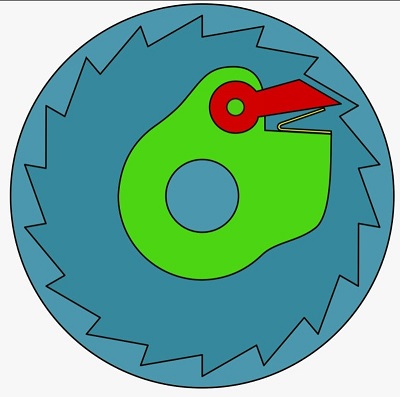
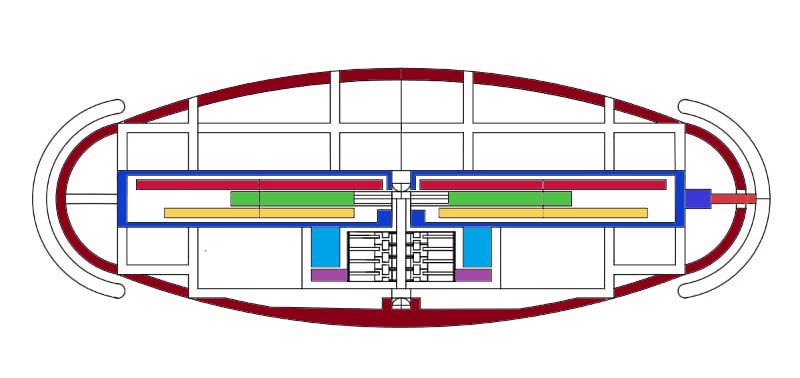
Freewheel transmission
Freewheel is used in some places in the machines used. Freewheel works on two types of basis (one) Teeth type (two) Roller type
Newly developed Freewheel transmission can travel 30 million kilometers per second (space travel)
This basis is created so that the small wheel rotation and the large wheel rotation work together

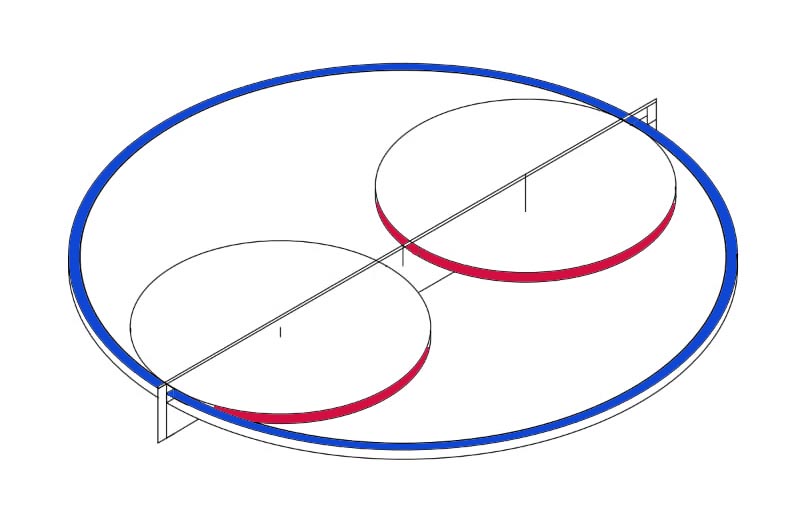
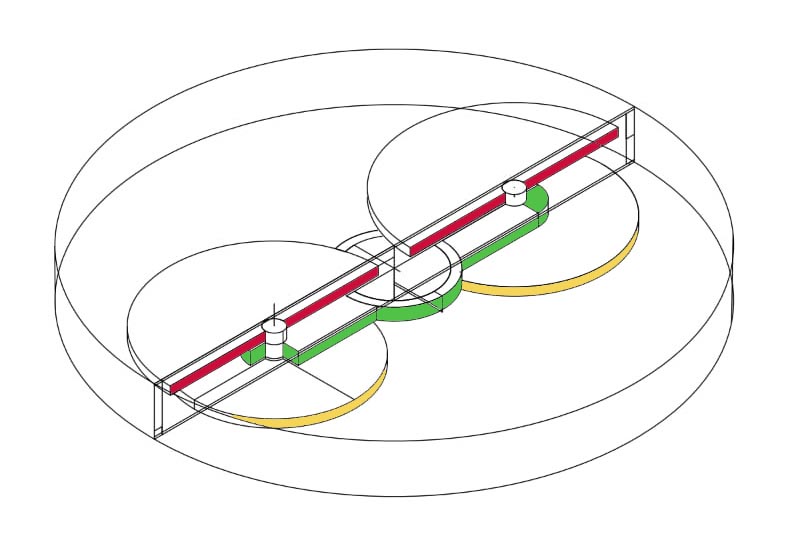
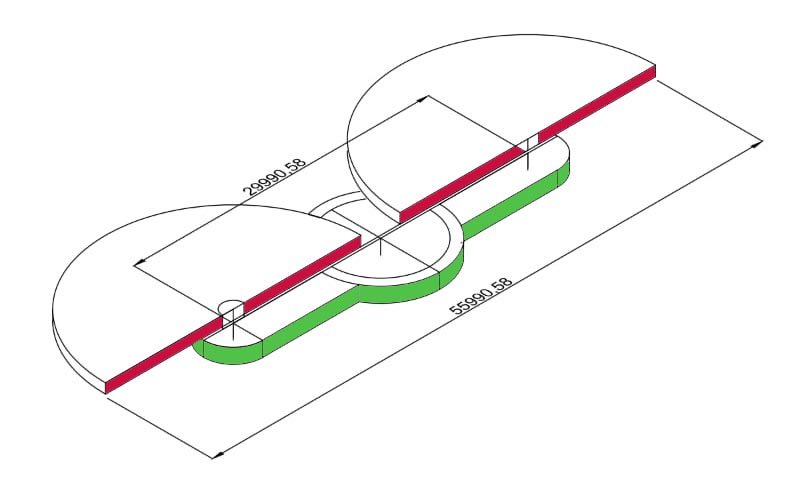
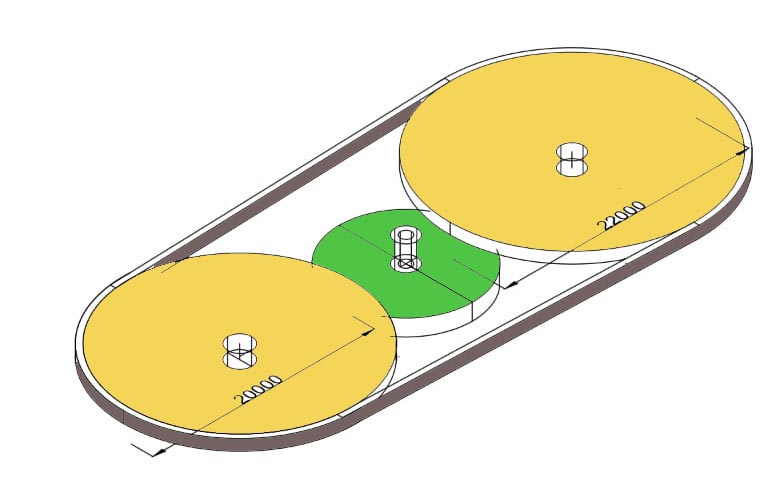
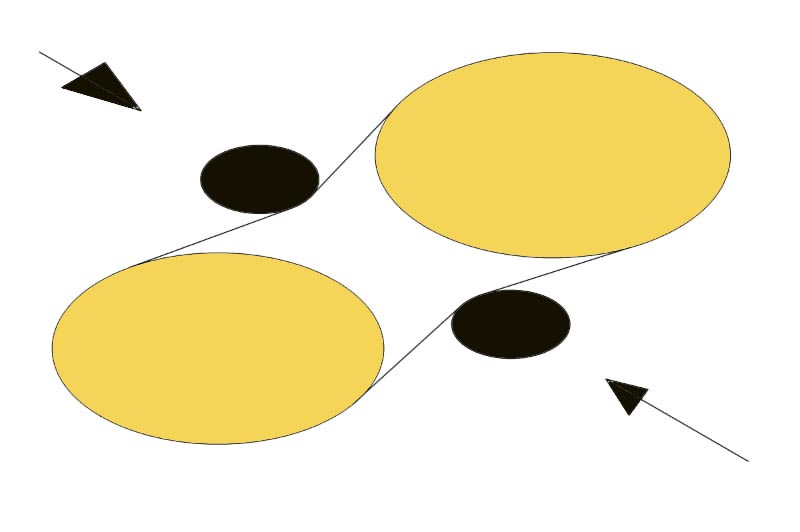
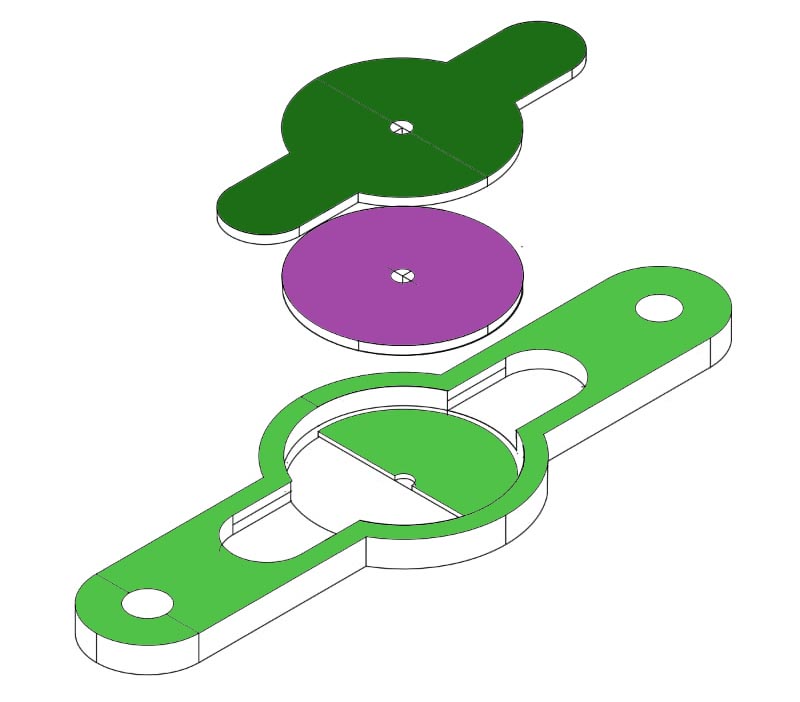
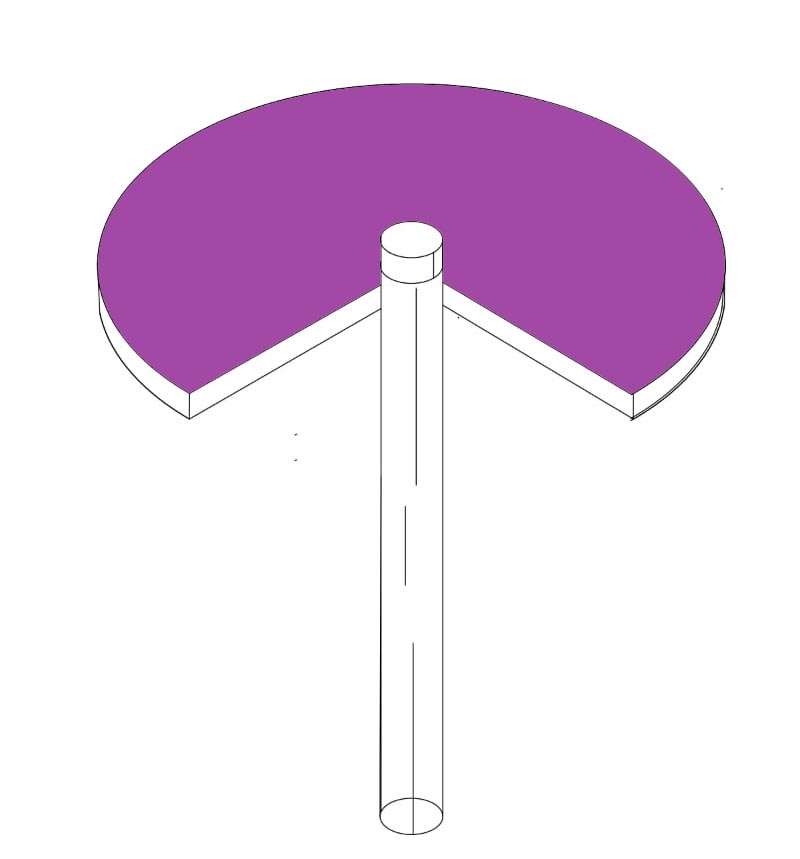
Antigravity
The function of anti-gravity is very important. When traveling in the vast universe, some different events can occur. In some places, the gravitational force is high and in some places, the gravitational force is low. Therefore, this principle is very useful.
When the wheels rotate at high speed, the anti-gravity function works. Like a wheel, the engines of this vehicle rotate at high speed. In places where there is high gravitational force, the anti-gravity force occurs. The engine of this vehicle must rotate faster. In places where there is low gravitational force, the engine of this vehicle must rotate at a lower speed. The weights of this machine must act differently.
Space trave
Since space travel is a very large space, there are some rules for traveling in a high-speed vehicle. If you travel with certain measurements, you can travel without pain. This kilometer measurement was created for this purpose.
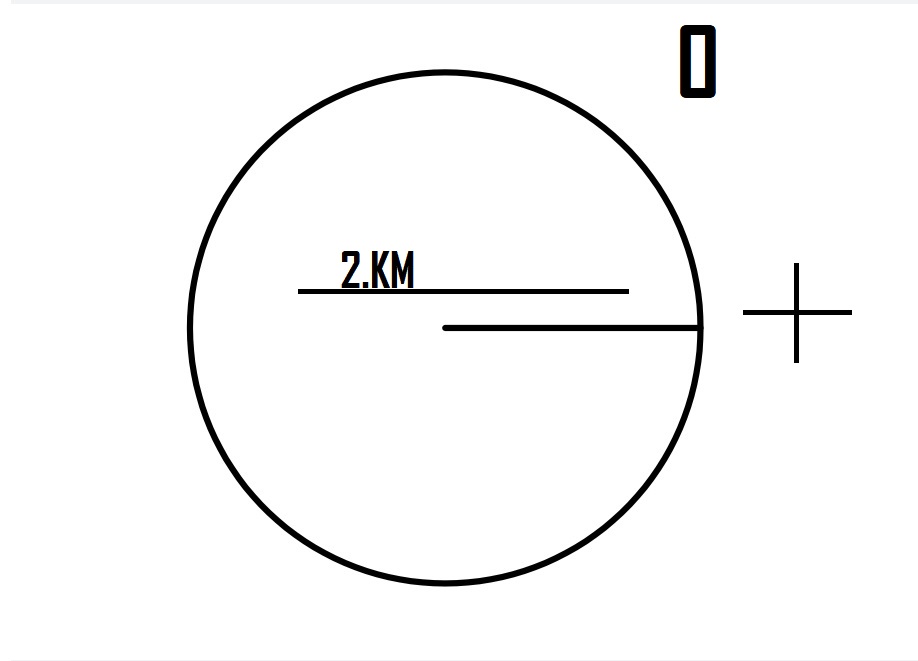
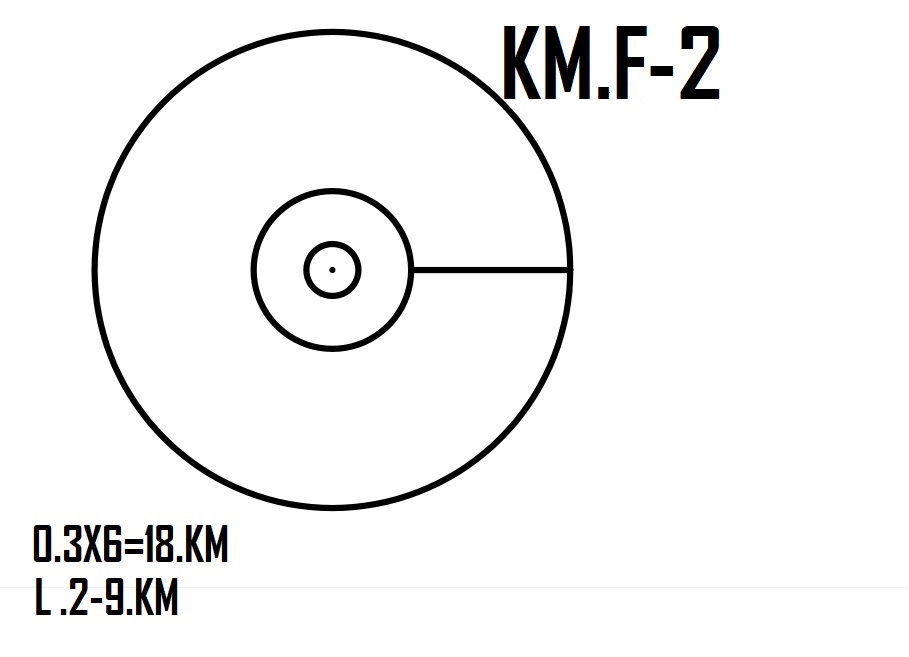
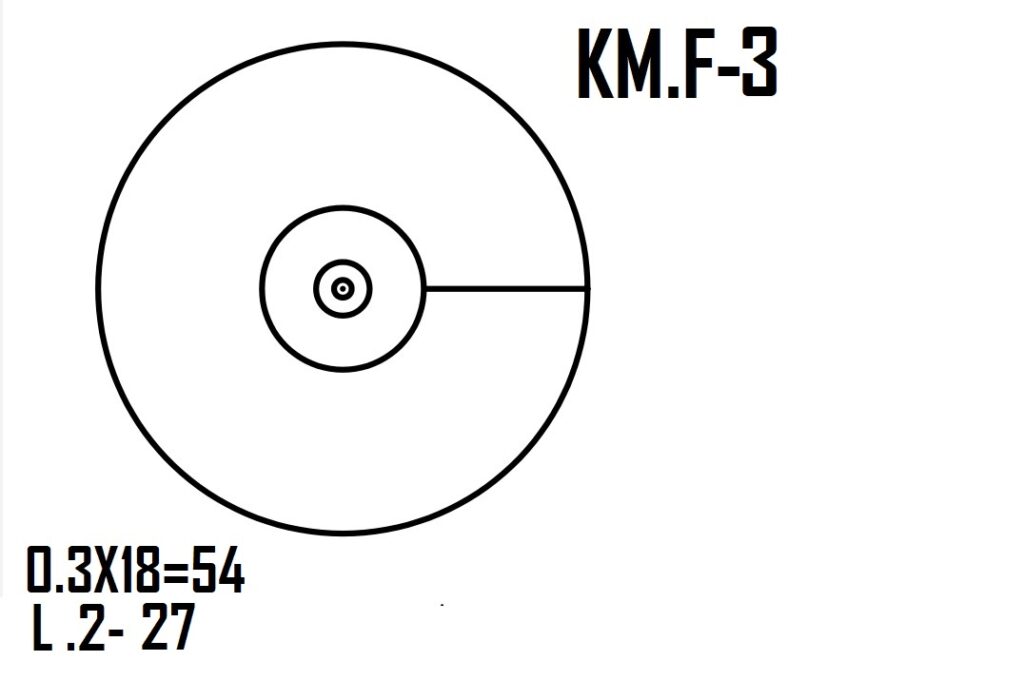
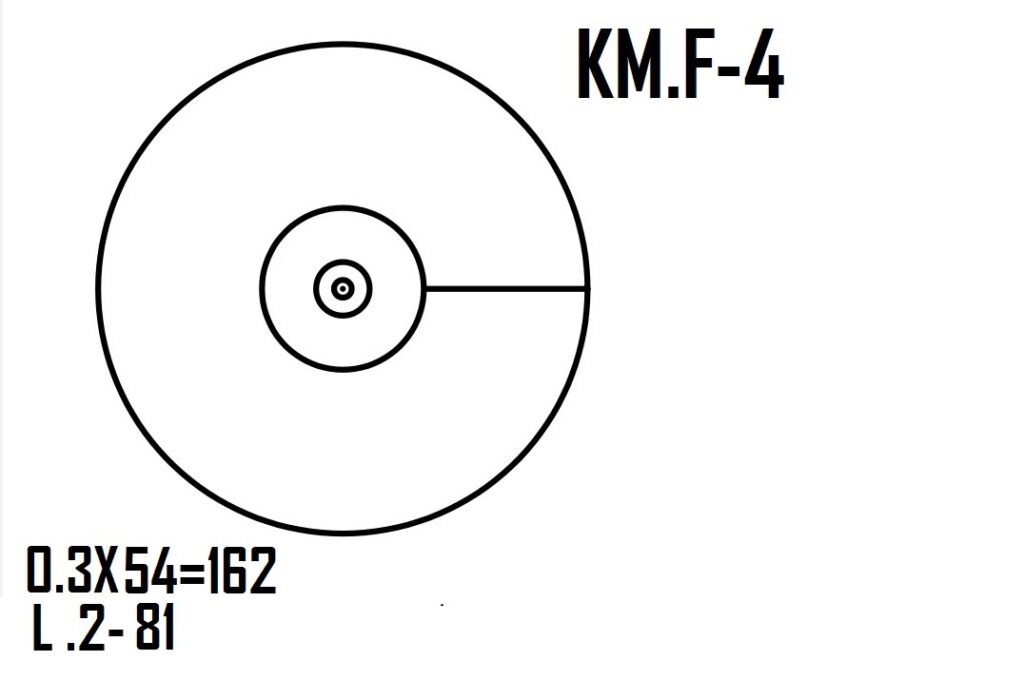
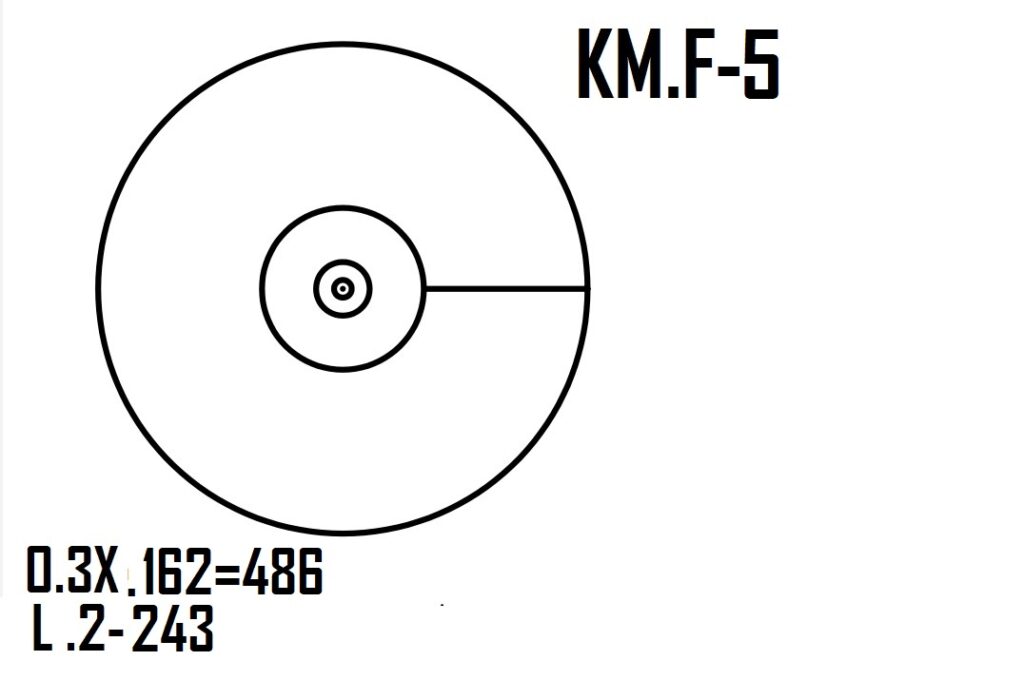
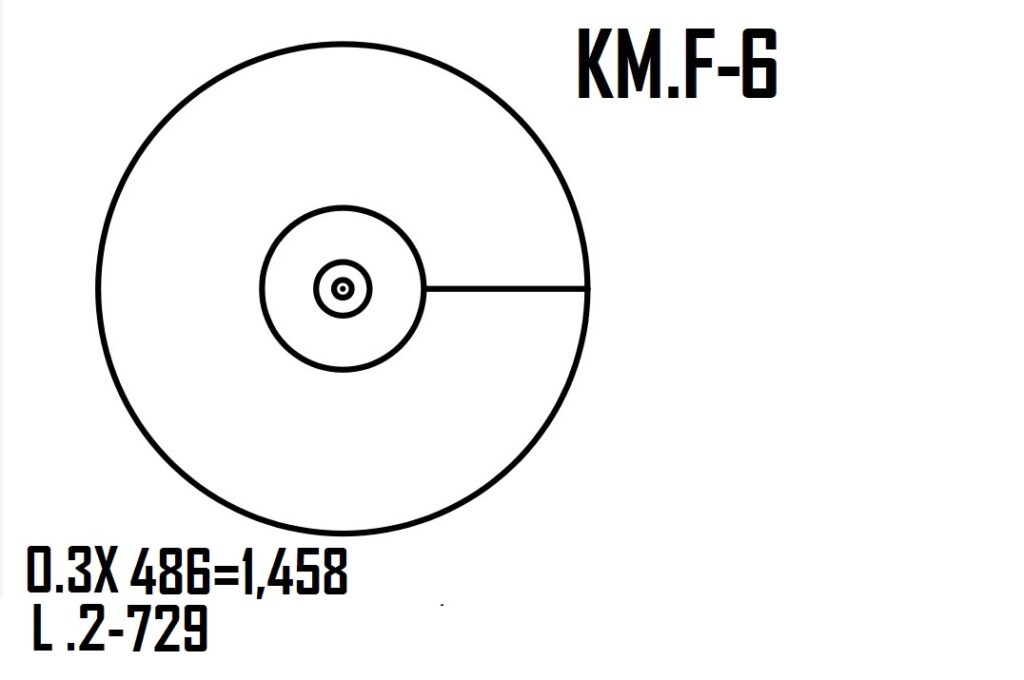
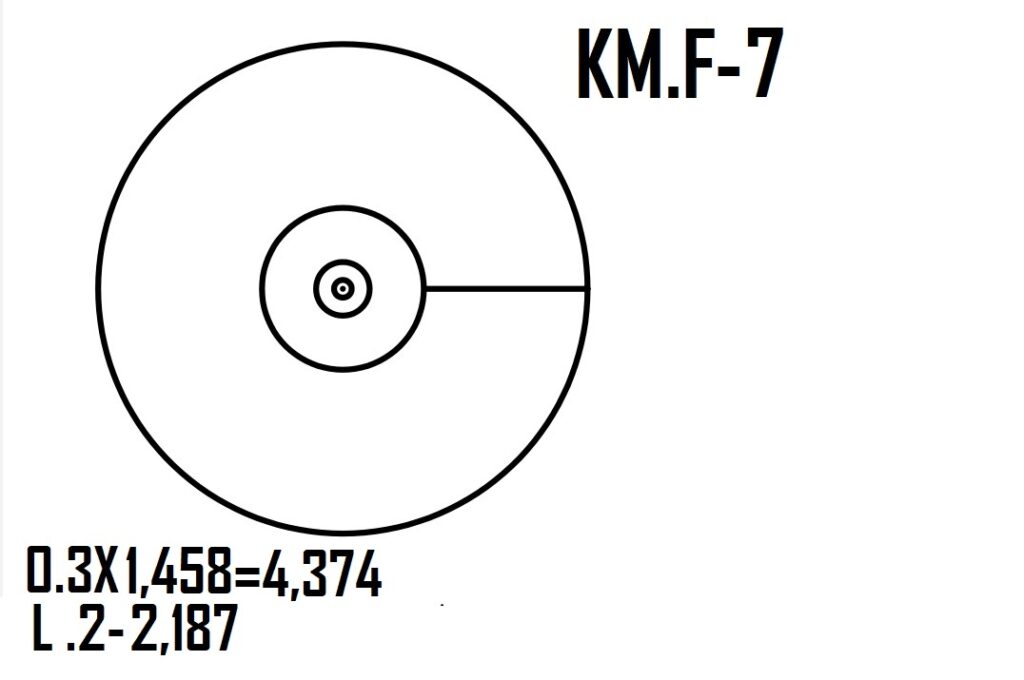
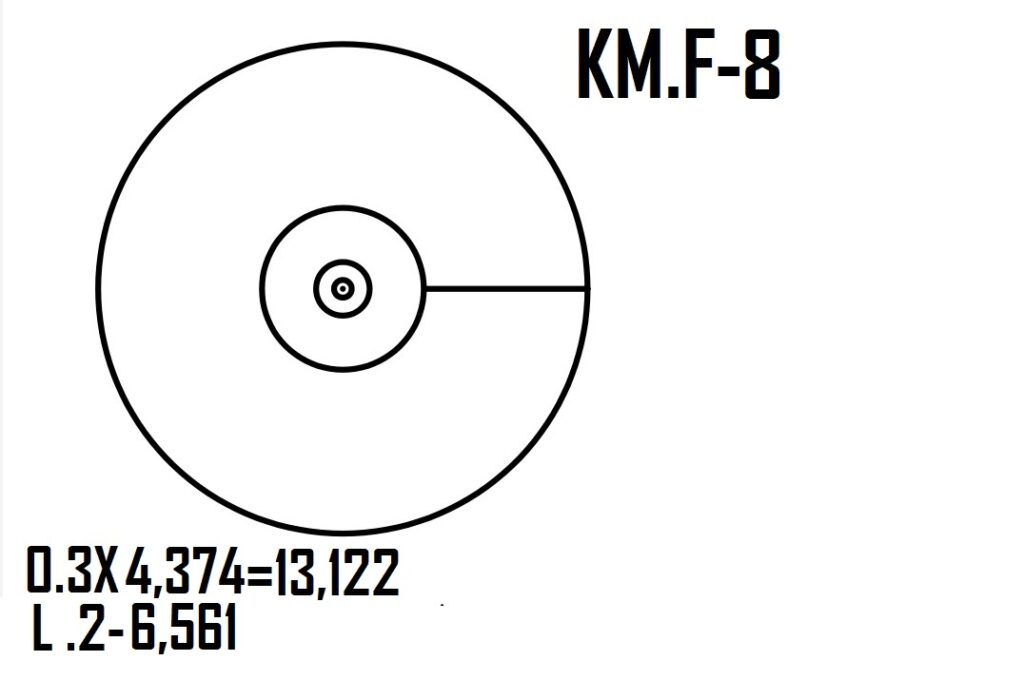
The place where space travel begins from the eighth circle
